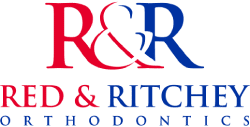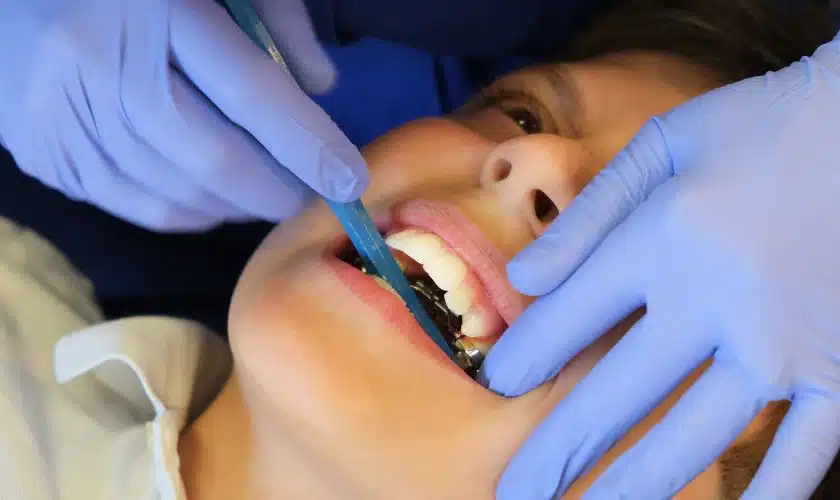Surgical orthodontics, also known as orthognathic surgery, is a specialized treatment approach for correcting severe jaw abnormalities and misalignments that cannot be fully addressed with traditional braces or orthodontic appliances alone. While surgical orthodontics can yield transformative results, understanding the recovery process is crucial for patients considering this treatment. Let’s explore the typical recovery timeline and what to expect following surgical orthodontic procedures.
Immediate Post-Surgery Period
Following orthognathic surgery, patients are typically monitored closely in the recovery room before being discharged home or to a hospital room. The immediate post-surgery period involves managing pain and discomfort, controlling swelling, and ensuring proper wound care. Patients may experience some grogginess or nausea due to anesthesia, but these effects usually subside within a few hours.
Pain Management
Pain and discomfort are common after orthognathic surgery, but they are typically managed effectively with prescription pain medications provided by the surgeon. Patients are advised to take pain medication as directed to alleviate discomfort and promote a smoother recovery. Over-the-counter pain relievers may also be recommended for milder discomfort.
Swelling and Bruising
Swelling and bruising are normal reactions following orthognathic surgery and typically peak within the first 48 to 72 hours before gradually subsiding. Applying ice packs to the affected areas during the initial days can help reduce swelling and alleviate discomfort. Patients may also notice discoloration or bruising around the eyes, which can take several days to resolve.
Dietary Restrictions
In the immediate post-surgery period, patients are usually advised to follow a soft or liquid diet to minimize strain on the jaw and facilitate healing. This may include foods such as smoothies, soups, yogurt, and mashed potatoes. As healing progresses and discomfort decreases, patients can gradually reintroduce solid foods into their diet under the guidance of their surgeon.
Oral Hygiene
Maintaining good oral hygiene is essential for preventing infection and promoting healing following orthognathic surgery. Patients are typically instructed to rinse their mouths with a prescribed mouthwash or saltwater solution after meals to keep the surgical sites clean. Gentle brushing of the teeth and gums should be resumed as tolerated, avoiding the surgical areas.
Activity Restrictions
During the initial recovery period, patients are advised to limit physical activity and avoid strenuous exercise to prevent complications and promote healing. Light walking is encouraged to prevent blood clots and improve circulation, but activities that involve bending, lifting, or straining should be avoided until cleared by the surgeon.
Follow-up Appointments
Regular follow-up appointments with the surgeon are scheduled to monitor healing progress, assess jaw function, and make any necessary adjustments to orthodontic appliances or medications. These appointments are an opportunity for patients to address any concerns or questions they may have about their recovery process.
Conclusion
Recovery following surgical orthodontics is a gradual process that requires patience, adherence to post-operative instructions, and close communication with the surgical team. While the initial post-surgery period may involve discomfort and dietary restrictions, most patients experience significant improvement in jaw function and aesthetics as they progress through the recovery process. By following the guidance of their surgeon and maintaining a positive outlook, patients can achieve the best possible outcomes from surgical orthodontic treatment.

